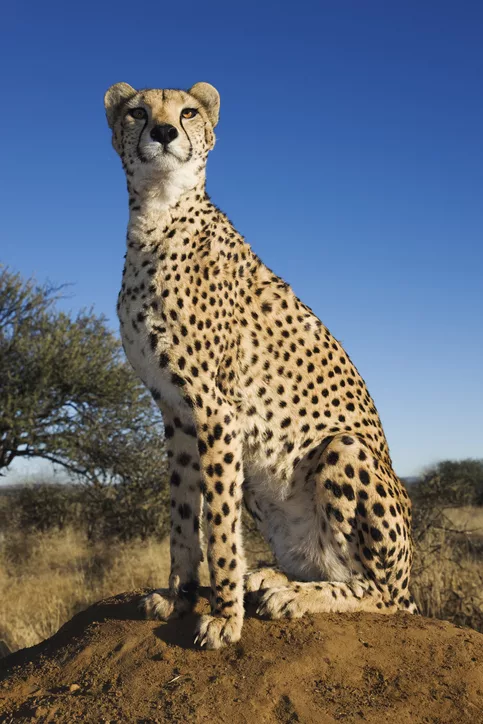[ad_1]
Lapalala Wilderness Reserve is located in UNESCO’s Waterberg biosphere within the Limpopo province of South Africa. It is managed by the Lapalala Wilderness Foundation NPC which shares a vision of sustainable conservation initiatives and youth environmental education.
Cheetah conservation at Lapalala Wilderness Reserve

Picture: Getty Images
The cheetah is the fastest land animal on earth and can reach 112 km/ph in just three seconds. Sadly, these magnificent creatures are classified as vulnerable on the IUCN Red List of Endangered Species. They are already considered extinct in over 20 African countries, and their most significant threat is habitat loss.
Herewith further insight into Lapalala Wilderness Reserve’s philosophy and strategy for their cheetah reintroduction programme initiated four years ago.
Lapalala Wilderness Reserve’s commitment to the cheetah
Although the rugged terrain of Lapalala Wilderness Reserve is not the perfect habitat for cheetahs, the reserve deliberately maintains a low density of lions, the cheetah’s main predator, to facilitate the Cheetah reintroduction and management programme. Preference would be flat plain areas where prey is more abundant, but this is also where lions are more prevalent.
The first cheetahs were reintroduced on the Reserve in early 2019 resulting in a total of 9 adults to date, the birth of five litters of cubs and the successful relocation of one animal born on the reserve to another reserve within Southern Africa.
Very high-frequency satellite collars are attached to both male and female cheetahs for monitoring. They are non-invasive, never weigh more than 4–5% of the cheetah’s body weight, and last for 1-2 years. A tracker uses a receiver and directional antenna to locate their position and monitor their habits and well-being. This includes the territory they cover, kill sites and reproductive behaviour.
Guests staying at either Lepogo Lodges Noka Camp or Tintswalo Lapalala are allowed to participate in cheetah monitoring activities which include tracking them on foot where they can then spend some time observing and photographing their behaviour from a safe vantage point. Although mature cats spend many hours resting during the hotter periods of the day, the interaction of the cubs and juveniles is always fascinating to watch.
‘We are positive that the reintroduction of cheetahs at Lapalala will be a success in the long term’, says Hermann Muller, Head of Conservation Management at Lapalala Wilderness.
Follow us on social media for more travel news, inspiration, and guides. You can also tag us to be featured.
TikTok | Instagram | Facebook | Twitter
ALSO READ: Dark skies & Wild roars: Astrotourism in Safari destinations
[ad_2]
Source link
Jarastyle – #Cheetah #conservation #Lapalala #Wilderness #Reserve
Courtesy : https://www.getaway.co.za/travel-news/cheetah-conservation-at-lapalala-wilderness-reserve/

